Digital Poster
Pulse Sequence Design & Acceleration Methods for Quantitative MRI
ISMRM & ISMRT Annual Meeting & Exhibition • 10-15 May 2025 • Honolulu, Hawai'i

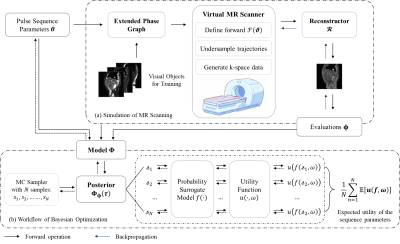 |
Computer Number: 1
2578. A
Generalizable Pipeline for MRI Sequence Design Using Bayesian
Optimization
X. Wang, L. Wang, C. Liu, Z. Wang, Y. Wang, A. Gossard, Y.
Ni, W. Liao, Y. Pu, J. Qu, P. Wang, Z. Li, P. Cao, J. Cai,
T. Li
The Hong Kong Polytechnic University, Hong Kong, Hong Kong
Impact: This novel, generalizable pipeline enables the
development of optimized, tailored imaging protocols to
address diverse clinical needs across various MR
applications. It holds the potential to integrate advanced
imaging techniques into routine practice, enhancing both
diagnostic and research efficiency.
|
|
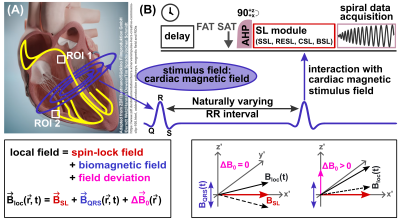 |
Computer Number: 2
2579. Towards
direct non-invasive detection of cardiac biomagnetism via
balanced Rotary Excitation
P. Albertova, M. Gram, M. Blaimer, P. Jakob, P. Nordbeck
University Hospital Würzburg, Würzburg, Germany
Impact: Rotary Excitation (REX)-based field detection
provides high sensitivity to pulsed-magnetic fields and is
therefore a promising approach for imaging of cardiac
biomagnetism. Advancing the REX sequence to reduce
sensitivity to B0 inhomogeneities
is essential for its application in vivo.
|
|
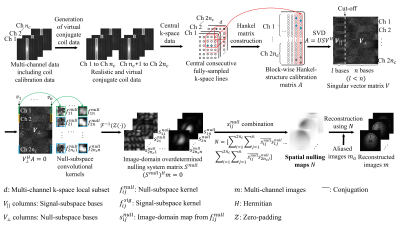 |
Computer Number: 3
2580. Parallel
Imaging Using Virtual Conjugate Coils and Spatial Nulling Maps (VCC-SNMs)
J. Hu, Y. Zhao, V. Lau, S. Su, Y. Ding, J. Zhang, C. Man, A.
Leong, F. Chen, E. Wu
The University of Hong Kong, Hong Kong, China
Impact: A VCC-SNMs method leveraging the priori
knowledge of the image phase constraint was successfully
implemented for efficient and robust parallel imaging
reconstruction with reduced noise amplification.
|
|
 |
Computer Number: 4
2581. Simultaneous
T1MPRAGE, FGATIR and NM acquisition of whole brain at 3T
C. H. Moon, D. Kim
University of Pittsburgh, Pittsburgh, United States
Impact: The advantages of new sequence could be
beneficial for pre-surgical planning for accurate targeting
a subnuclei, and NM measurement in Parkinson's or bipolar
disease study, by providing whole brain anatomy, midbrain
subnuclei and SN internal differentiation.
|
|
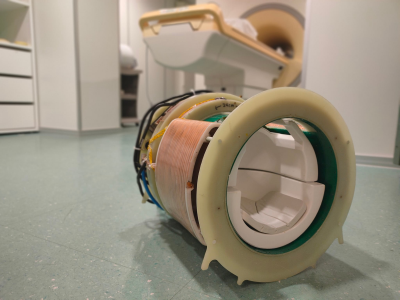 |
Computer Number: 5
2582. Silent
3D MRSI at Ultrasonic gradient speeds using a dual-axis head
insert gradient at 7T
T. Roos, E. Versteeg, M. Bensink, K. Min Nam, M. McGrory, M.
Gosselink, H. Hoogduin, D. Welting, B. de Witte, M. Wienke,
W. Schuth, T. Delicaat, M. Borgo, J. van Straalen, M.
Heintges, D. Klomp, J. C.W. Siero, J. Wijnen
University Medical Center Utrecht, Utrecht, Netherlands
Impact: Ultrasonic encoding offers a paradigm shift in
MRSI, bringing resolutions and scan times closer to imaging
techniques. All without the typical trade-offs: preserving
spectral bandwidth, while maintaining patient comfort by
lacking gradient noise - paving the way for practical,
high-resolution MRSI.
|
|
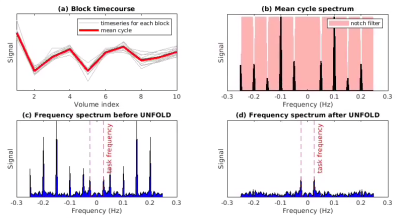 |
Computer Number: 6
2583. Improved
spatial resolution for Looping Star fMRI using UNFOLD
D. Frey, H. Xiang, J. Fessler, D. Noll
University of Michigan, Ann Arbor, United States
Impact: The results of this work will improve spatial
resolution Looping Star fMRI studies with high undersampling
rates.
|
|
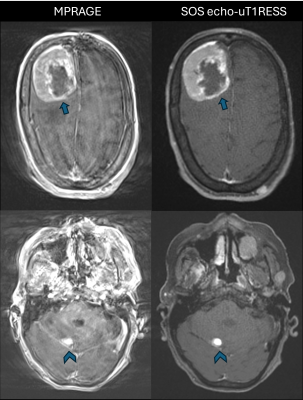 |
Computer Number: 7
2584. Improved
Brain Tumor Visualization with 3T Stack-of-Stars Echo Unbalanced
T1 Relaxation-Enhanced Steady-State MRI – A Two Center Clinical
Study
A. Tóth, R. Edelman, J. Chetta, J. Joyce, J. Eernisse, R.
Zi, K. Block, M. Spampinato, A. Varga-Szemes
Medical University of South Carolina, Charleston, United States
Impact: This study highlights the SOS echo-uT1RESS
technique's potential to significantly improve visualization
and characterization of brain lesions. It offers consistent
dark-blood effect and improved lesion conspicuity, while
maintaining high image quality and motion robustness, with
promising implications for clinical practice.
|
|
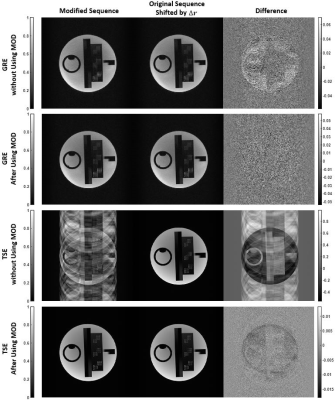 |
Computer Number: 8
2585. Sequence-agnostic
FOV Positioning in Pulseq for Cross-Platform Imaging
M. Shafiekhani, B. Wilhelm-Feldbusch, Q. Chen, M. Zaitsev
University Medical Center Freiburg, Freiburg im Breisgau, Germany
Impact: The universal FOV positioning method implemented
in Pulseq supports off-center imaging on various MRI
systems, including those that are currently hardware limited
in this regard. Among those are in particular experimental
ultra-low field systems and non-proton imaging on
whole-body MRI.
|
|
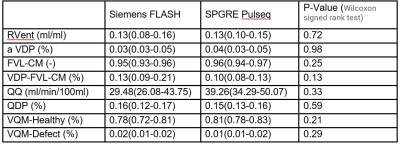 |
Computer Number: 9
2586. Vendor-Independent
Pulseq Lung-Optimized Spoiled Gradient Echo Sequence for
Phase-resolved functional Lung (PREFUL) MRI
S. Lüdiger, F. Klimes, M. Speth, M. Wernz, R. Müller, F.
Wacker, J. Vogel-Claussen, A. Voskrebenzev
Hannover Medical School, Hannover, Germany
Impact: The demonstrated sequence can be easily shared
between centers to homogenize the data acquisition for
functional lung imaging with PREFUL and similar methods. The
reduction of sequence-related variability, may lead to
substantial improvement of reproducibility and comparability
between centers.
|
|
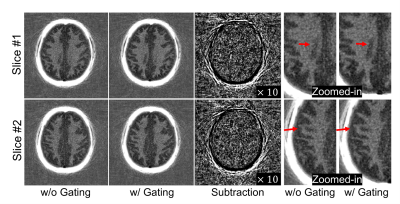 |
Computer Number: 10
2587. Self-Gated
Inversion Recovery Prepared Ultrashort Echo Time Sequence for
Improved Direct Myelin Imaging
J. Park, S. Sedaghat, Y. Jung, E. Fu, K. Oguz, H. Jang
University of California, Davis, Sacramento, United States
Impact: The proposed technique may provide a critical
tool for assessing demyelination and remyelination in
various neurological disorders, including multiple
sclerosis, Alzheimer’s disease, traumatic brain injury, and
epilepsy, with reduced sensitivity to intra-scan motion.
|
|
 |
Computer Number: 11
2588. Comprehensive
Assessment of Nonuniform Image Quality: Replication and
Application to Metal Imaging at 0.55T
A. Sanson Leon, A. Toews, B. Barlas, B. Hargreaves, K. Nayak
University of Southern California, Los Angeles, United States
Impact: We demonstrate successful replication of the
original methods paper, utilizing conventional 3D printing,
a gyroid lattice phantom, and a THA phantom with a
cobalt-chromium head, for the application to MRI near
metallic implants at 0.55T.
|
|
 |
Computer Number: 12
2589. Rapid
Dual-component UTE (RaD-UTE) imaging of bound and pore water in
cortical bone
J. Athertya, A. Suprana, M. Carl, S. Xie, J. Lo, S. H. Shin,
S. Jerban, E. Chang, Y. Ma, C. Chung, J. Du
Department of Radiology, UCSD, San Diego, United States
Impact: The RaD-UTE technique allows fast volumetric
mapping of bound and pore water T1, T2*s, and fractions, and
has great potential for accurate mapping of cortical
porosity and organic matrix density under clinical
acceptable scan time.
|
|
 |
Computer Number: 13
2590. The
optimized double echo steady-state (DESS) sequence for T2w fluid
attenuation contrast at 7T
Q. Li, R. Chen, D. Wang, Y. Hsu, J. Qu, W. Liao
Siemens Healthineers Ltd., Shanghai, China
Impact: This study reported the first time the
semi-FLAIR contrast at 7T without SAR limitation and B0
impact especially around sphenoid sinus using the low flip
angle DESS sequence.
|
|
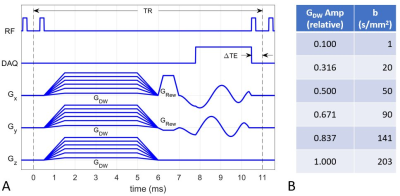 |
Computer Number: 14
2591. Muscular
Skeletal Perfusion Imaging using a UTE-Based DW-SSFP Sequence
K-J Jung
University of Illinois Urbana-Champaign, Urbana, United States
Impact: The new three-dimensional perfusion mapping
sequence is very sensitive to perfusion of muscular skeletal
tissue. This sequence can replace the spin-echo EPI
diffusion sequence. This will be useful in 7T MRI due to
employing low flip angle RF pulses.
|
|
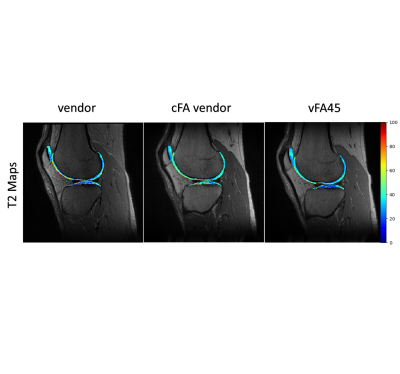 |
Computer Number: 15
2592. Open-source
Multi-Spin Echo T2 Mapping Optimized for Knee Articular
Cartilage
T. T. Fernandes, A. S. Gaspar, J. Schmidt, A. Alfaiate, P.
Scheibe, J. M. Coelho, V. Mascarenhas, S. Geethanath, R. G.
Nunes
Institute for Systems and Robotics - Instituto Superior Técnico – Universidade de Lisboa, Lisboa, Portugal
Impact: Multi-Spin Echo sequences for T2 mapping knee
articular cartilage were made available as open-source
vendor-agnostic tools to enable future quantitative MRI
standardization studies. NIST phantom evaluation tests
suggest improved precision with the proposed optimization.
Pilot in vivo data demonstrates feasibility.
|
|
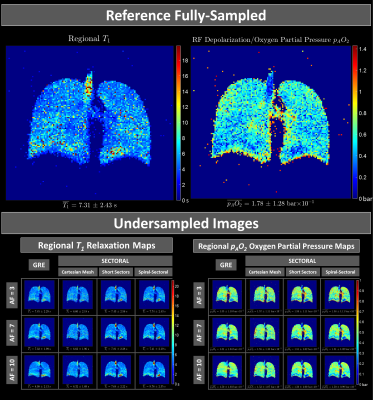 |
Computer Number: 16
2593. Highly
Accelerated Pulmonary MRI Using RF Depolarization of 129Xe: The
Sectoral Pulse Sequence
S. Perron, M. Fox, A. Ouriadov
The University of Western Ontario, London, Canada
Impact:
We present a significant acceleration method which uses RF depolarization of hyperpolarized gas in lungs to reduce 129Xe dose costs. This method results in clinically-viable lung images with up to 10-fold acceleration possible with a 3-fold reduction in 129Xe dose. |
The International Society for Magnetic Resonance in Medicine is accredited by the Accreditation Council for Continuing Medical Education to provide continuing medical education for physicians.